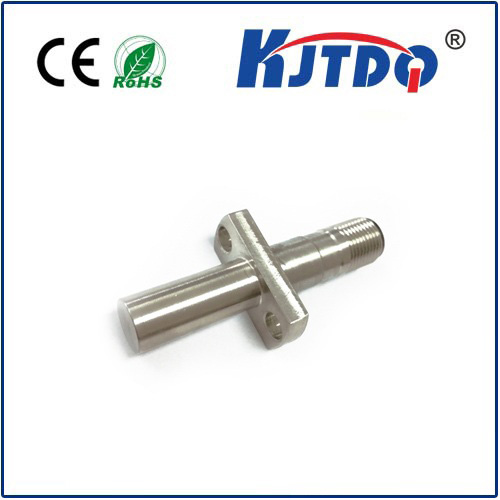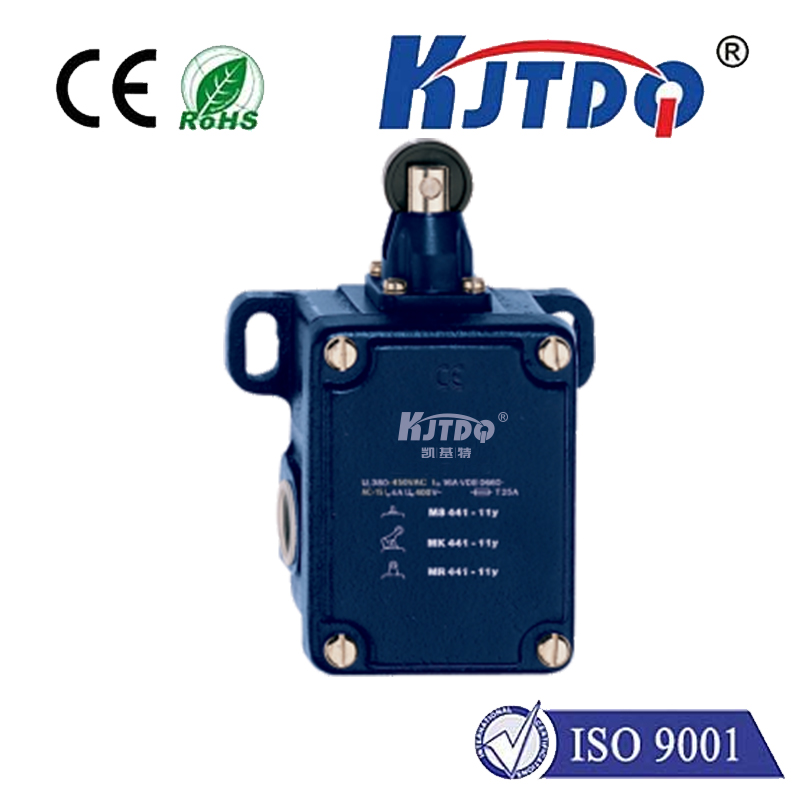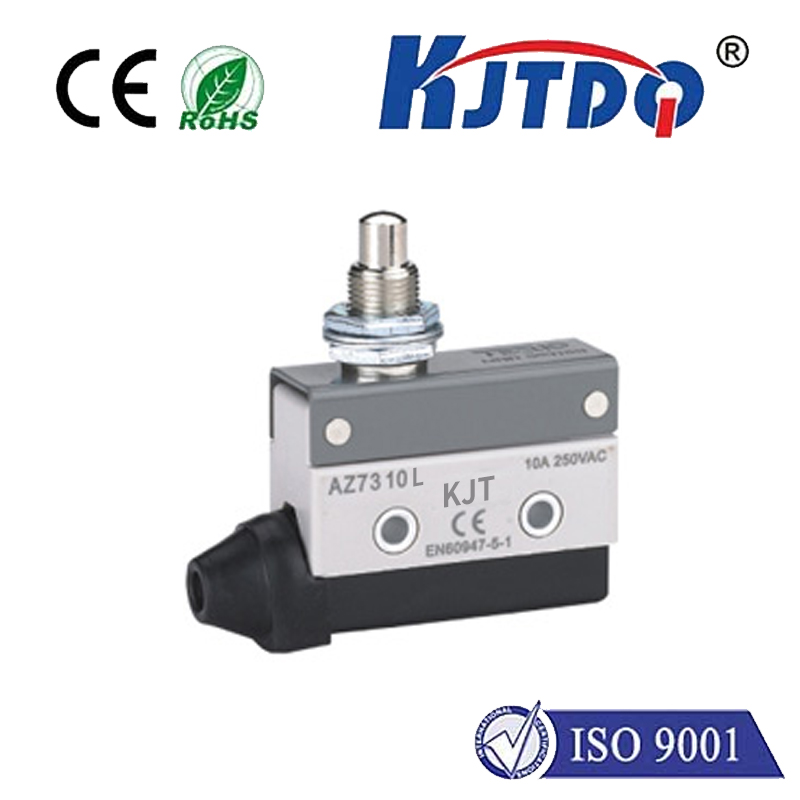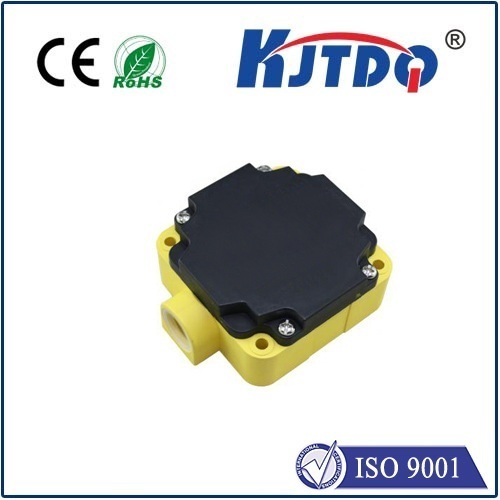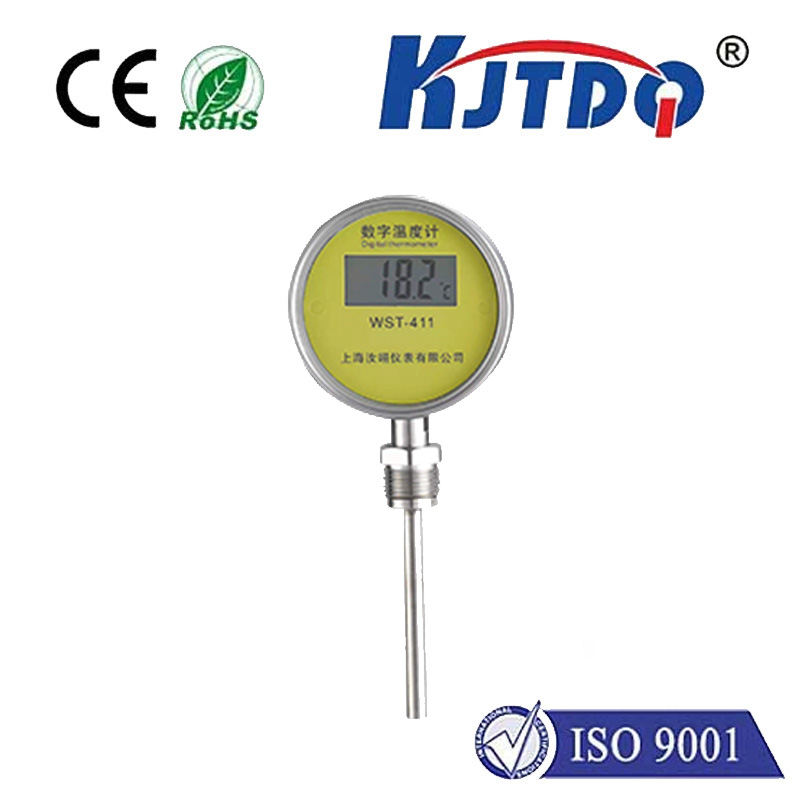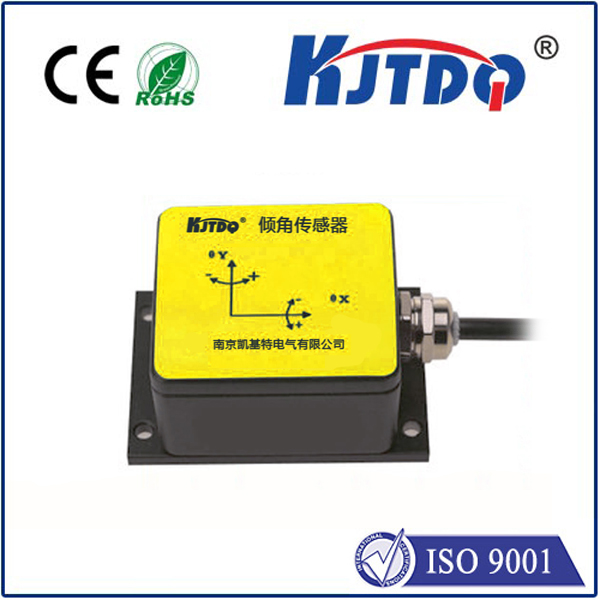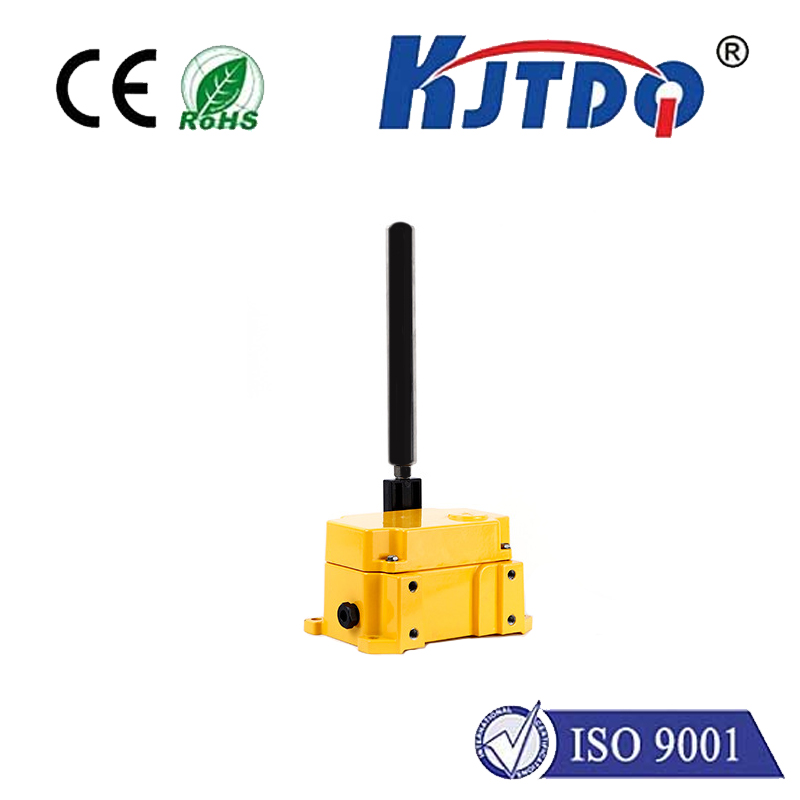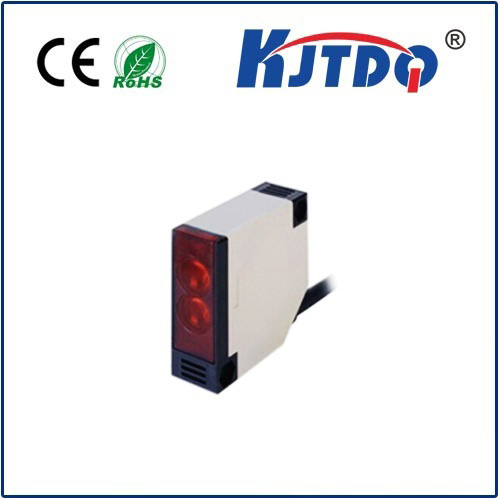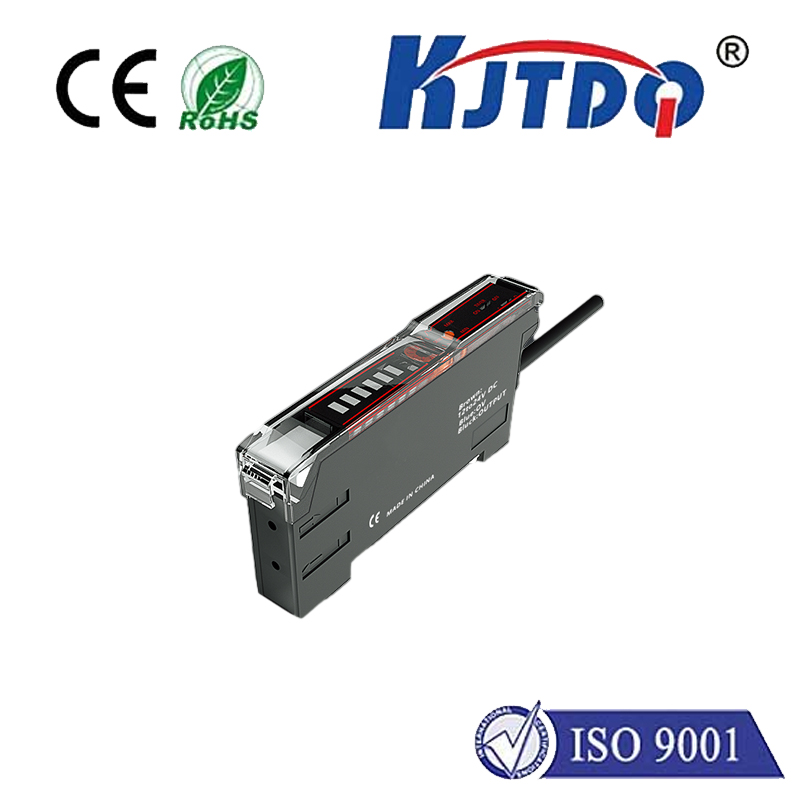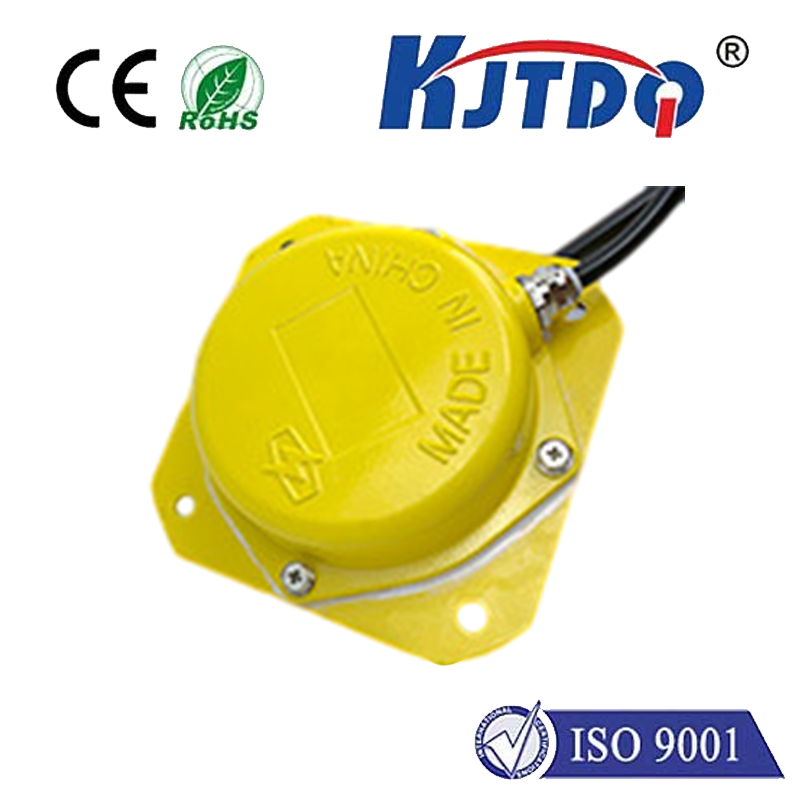

check

check

check

check

check

check

check

check

check

check
Introduction:
Proximity sensors are widely used in various applications, from automotive to industrial settings. However, the high cost of traditional proximity sensors has been a major barrier for many industries to adopt this technology. In recent years, there has been a significant improvement in the affordability and functionality of low-cost proximity sensors, making them more accessible to businesses. This article explores the benefits of low-cost proximity sensors and how they are revolutionizing the sensor industry.
The Benefits of Low-Cost Proximity Sensors:
1. Increased Accessibility: Low-cost proximity sensors are now more affordable than ever before, making them accessible to businesses of all sizes. This has led to an increase in their adoption rate, particularly in industries where traditional sensors were previously not feasible due to high costs.
2. Greater Accuracy: While traditional proximity sensors may have been limited in terms of accuracy, low-cost sensors offer improved performance, ensuring more reliable and accurate readings. This is especially important in applications such as industrial automation, where precise measurements are crucial for safety and efficiency.
3. Improved Battery Life: Low-cost proximity sensors often come with longer battery life, which makes them more suitable for long-term operation. This is particularly important in remote or harsh environments where replacing batteries regularly can be costly and time-consuming.
4. Enhanced Features: Many low-cost proximity sensors now come with additional features, such as multiple detection ranges and adjustable sensitivity levels. These additional capabilities provide greater flexibility and versatility for businesses, allowing them to tailor the sensor to their specific needs.
5. Environmental Advantages: Low-cost proximity sensors are often designed with environmental considerations in mind, using materials that are less prone to damage or corrosion. This reduces maintenance costs and ensures that these sensors can operate effectively even in harsh conditions.
Conclusion:
The introduction of low-cost proximity sensors has transformed the sensor industry, providing businesses with greater access to advanced technology at an affordable price. These sensors offer improved accuracy, battery life, and additional features, making them an ideal choice for a wide range of applications. As research and development continue in this field, we can expect even further improvements in the performance and affordability of low-cost proximity sensors, ultimately leading to increased efficiency and productivity across industries worldwide.
